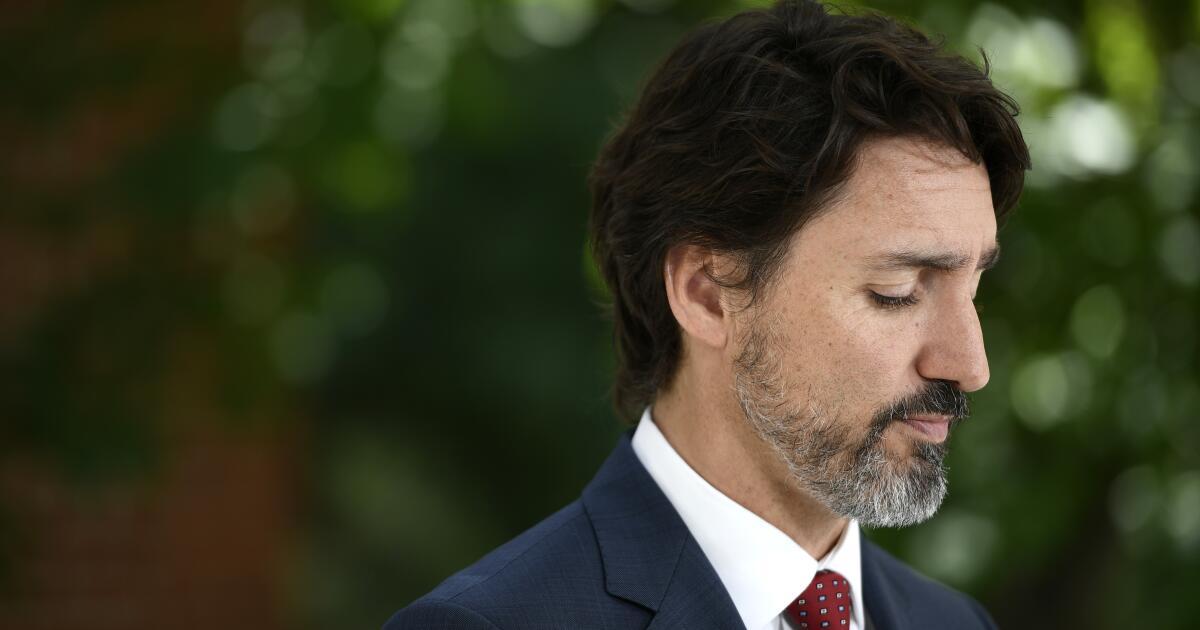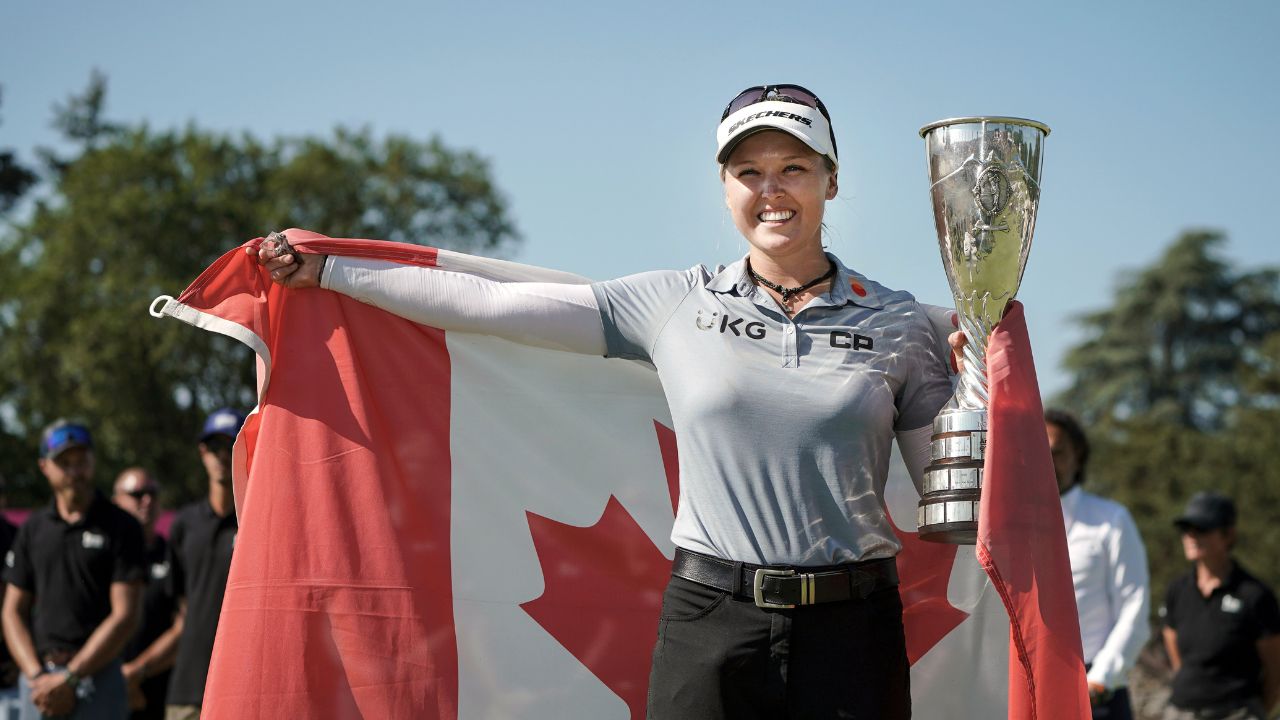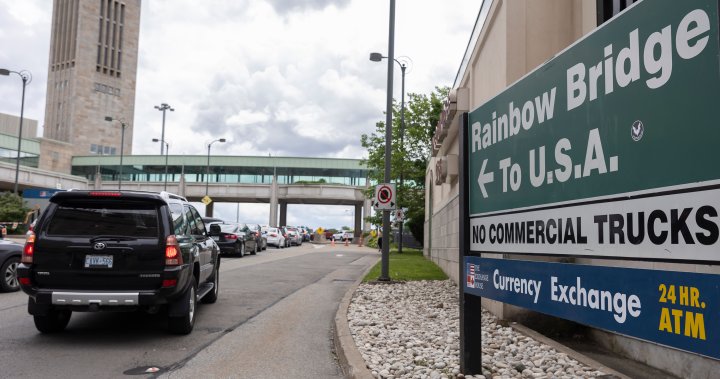World
Newfoundland’s unknown soldier brought home from France after more than 100 years | CBC News

An emotional homecoming more than 100 years in the making. Current members of the Newfoundland Regiment tasked with bringing one of their own back to the province speak about what the repatriation of Newfoundland’s unknown soldier means to them.
It was an emotional evening in St. John’s Saturday as the remains of an unknown Newfoundland soldier returned home more than 100 years after the First World War, and hours after a powerful ceremony at the French battlefield where he died.
“I think it is absolutely amazing that this has taken place today,” Rose Power, whose grandfather fought in the First World War, told CBC News Saturday. “I’m quite moved by it, that finally the unknown soldier will be home to rest.”
After a moving ceremony in France in the morning, a jet carrying the exhumed remains of the unknown soldier — who will be interred permanently at the refurbished National War Memorial in downtown St. John’s — arrived in the evening.
A hearse carrying the casket made a solemn procession past several sites of historical significance to the Royal Newfoundland Regiment, including the training grounds in Pleasantville, the harbour where the S.S. Florizel would have tied up, the Sergeants’ Memorial, the CLB Armoury and the National War Memorial itself.

Crowds lined parts of the route to see the hearse as it drove past. Around a hundred people gathered in front of the war memorial, which is being restored to mark the centennial of its completion in 1924.
“It means so much,” said Susan Murray of St. John’s. “I have a great uncle who died during World War One and he is buried in France…There’s such a connection to that and being able to repatriate a son that was missing, that no one knew, that was lost.
“We’re able to bring him home.”

The repatriation ceremony in France began at the foot of the Newfoundland Regiment caribou memorial which stands tall overlooking the lush green mounds of Beaumont-Hamel.
O Canada, La Marseillaise, the Last Post and the Ode to Newfoundland rang out across the century-old battlefield that usually sits silent, serving as a reminder for one of the largest catastrophes in the province’s history.
Jacob Neil of St. John’s, who is supervisor of the guide team at the Beaumont-Hamel historic site, was tasked with singing the Ode for the ceremony.
“It’s something that I was asked if I’d be interested in. I know the prospect of it is a little bit daunting on such a prestigious and important day. It’s something I knew I couldn’t pass up,” Neil told CBC News. “It’s a privilege to just be here and to be able to participate in this ceremony. It’s something that I’ll treasure forever.”
Neil said the mood on site is always a little sombre, but this weekend’s transfer ceremony — one that saw France turn over the remains of the unknown soldier to Canada — had an aura of excitement.
“Closure is not something that can probably be attained for people, given the tragedy that happened here over 100 years ago, but it’s something close to that, I think, for the people of Newfoundland and Labrador,” he said.
The remains of Newfoundland’s unknown soldier were placed in the possession of Canada on Saturday during a transfer ceremony at Beaumont Hamel in northern France. The soldier’s remains will be re-interred inside a newly constructed granite burial chamber at the base of the Newfoundland National War Memorial in St. John’s.
For Frank Sullivan, closure is exactly what he got. Sullivan is a member of the Newfoundland and Labrador command of the Royal Canadian Legion and part of the small team of legionnaires who were instrumental in creating a tomb of the unknown solider in St. John’s.
Saturday’s ceremony was among the final steps in having that dream come to fruition.
“Words fail me right now. It’s a moment that I’ll die with. What can I say? We’re bringing a son home, somebody’s son is coming home,” Sullivan said.
“When he was brought in by the French military and turned over to our Canadian military, oh my, words can’t describe the feeling.”
Heading home
From France, the Canadian and Newfoundland and Labrador delegation returned home. With them, an added member.
Premier Andrew Furey was on the ground with his family for the duration of this week’s events that began on Wednesday in northern France.
Canadian military members carry a casket containing the remains of Newfoundland’s unknown soldier onto a plane leaving France.
“It was incredibly moving, historic, special, spiritual. To see the casket again and to be standing there with my son, realizing that somebody’s son — our son collectively — is now coming home is incredibly emotional,” Furey said shortly after Saturday morning’s ceremony.
“I broke down several times. It’s a truly special and historic moment for all of Newfoundland and Labrador. It was an honour to be here today as premier.”

Saturday’s events were the pre-cursor to another significant event which will take place on July 1. The date marks Memorial Day in Newfoundland and Labrador and 100 years of the Newfoundland National War Memorial in downtown St. John’s.
On July 1, 1916 — the opening day of the Battle of the Somme — most of the Newfoundland Regiment was killed or wounded at Beaumont-Hamel. The day has been recognized since as a solemn day, even after Newfoundland joined Canada in 1949 and began to celebrate Canada Day on the same date.
Preparations have been underway to refurbish the site ahead of the milestone and will be the final resting place for the unknown soldier, inside a newly constructed tomb.
“It’ll be another historic moment. I encourage every Newfoundlander and Labradorian, if they can, to come to celebrate this young man and all the young men that we’re leaving behind,” said Furey.
“I think July 1 will be powerful and I encourage everyone to participate and reflect on what it means for the sacrifice these young men made.”
The soldier will lie in state at Confederation Building from June 28 to June 30, allowing members of the public to visit the casket.
Download our free CBC News app to sign up for push alerts for CBC Newfoundland and Labrador. Click here to visit our landing page.












